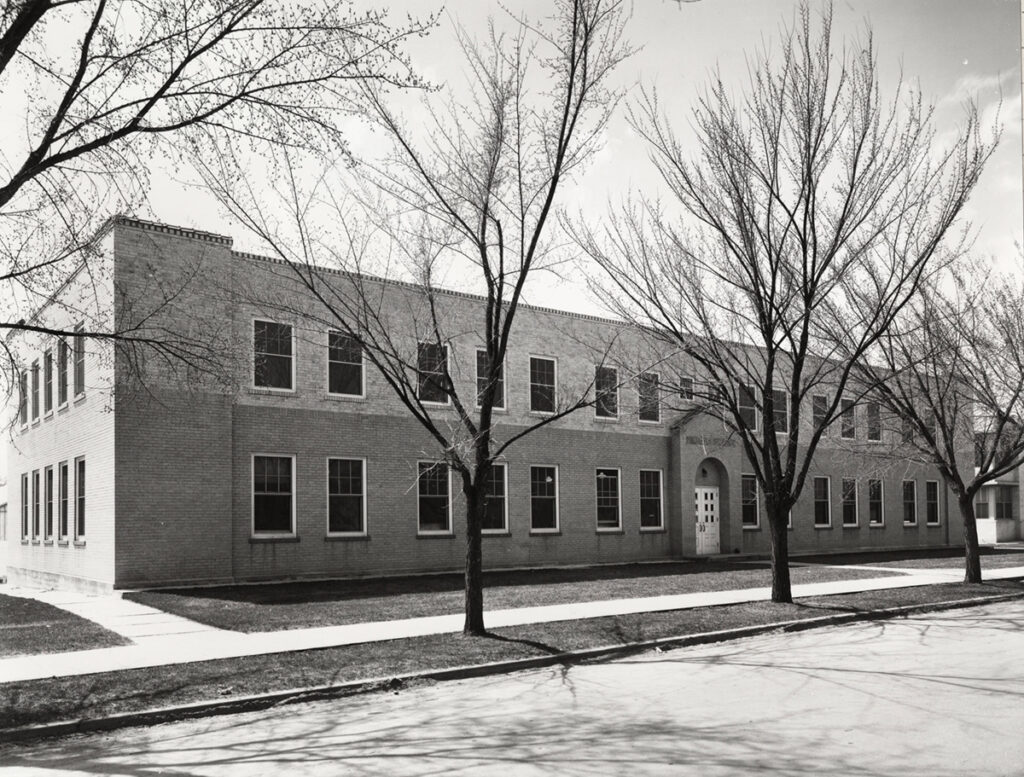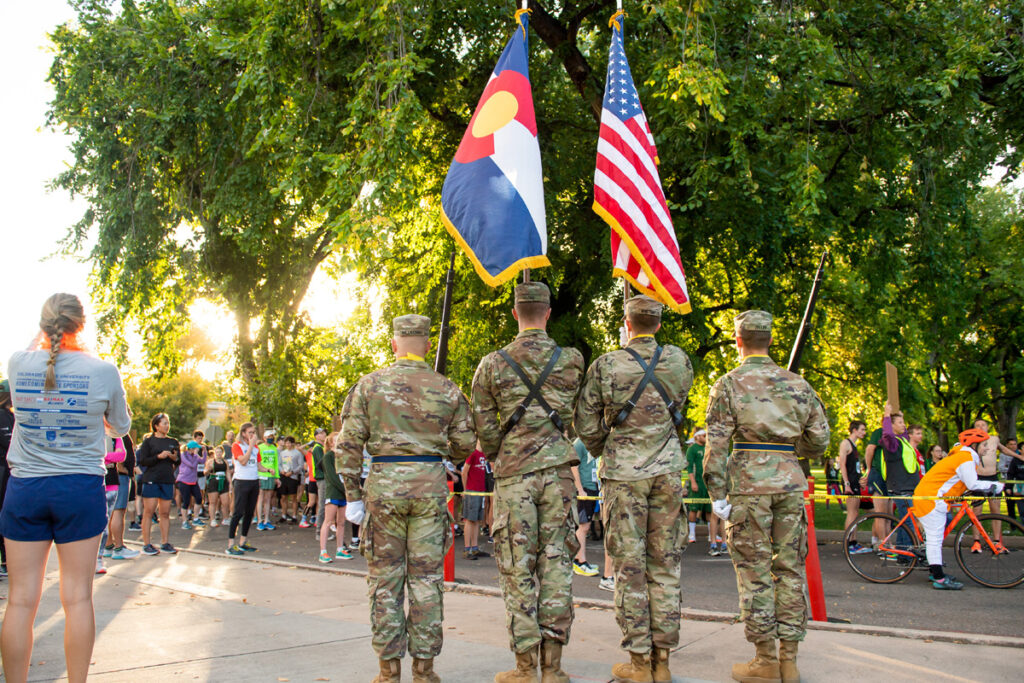The cornerstone for the Military Science Building on the Colorado State University campus was laid on Jan. 30, 1929.
Constructed at a cost of $17,000, the new building replaced several wooden structures destroyed by a fire. In the decades that followed, the building has served as an incubator, producing thousands of military officers who have served their country.

Now, as the building approaches its 100th birthday, a group of ROTC graduates are looking to give back to CSU through the formation of an alumni council, designed to breathe new life into the building and elevate the Army and Air Force ROTC programs.
The two CSU alumni – Air Force Col. Gregg S. Johnson (B.A., ’96) and Army Lt. Col. Matthew Tillman (B.S., ’04) – charged with leading the programs have spearheaded the new alumni council.
Tillman, who earned a bachelor’s degree in business administration and management, explains how an experience in Iraq made him think differently about his connection to CSU. After several weeks on the ground, he happened to discover that his mentor was also a CSU alumnus.
“It made me realize that I wasn’t the only guy in Baghdad who didn’t go to the U.S. Military Academy or The Citadel,” Tillman said. “It made me realize the importance of CSU. I hope that ROTC cadets who go through this pro – gram will realize they represent more than just themselves. It’s also a whole lot of alumni.”

Talented cadets
Both Tillman and Johnson praised the cadets in both programs. “They’re talented in so many different ways,” said Johnson, who earned his bachelor’s degree in journalism. “The questions they ask and curiosity that they bring to the classroom has been amazing. I am impressed and inspired with what they do.”
Steve Ray (B.A., ’71), who was an Army ROTC cadet, agrees. After CSU, Ray went to law school, followed by a 31-year career in the Marine Corps.
Since retiring, Ray has reconnected with his alma mater. He is now serving as the chair of the alumni council, which includes several ROTC grads. He explained the council’s goal is to build upon the two programs through mentorship and philanthropy. The council also provides continuity as ROTC commanders serve three- to five-year terms before moving on to their next assignment.
Facility improvements
While both ROTC programs have changed significantly since Ray’s time as a cadet during the Vietnam era, the Military Science Building has not.
Ray said that one of the council’s goals focuses on facility improvements to ensure the next generation of officers is prepared in modern military science. The council also will help forge stronger ties between alumni and current cadets.
“We all have that shared experience, and it’s true for all of us,” he said. “We all went through that same building, and we were all ignorant as hell when we started. And yet, all of us – whether it’s the older alums or the younger ones – we all matured through our service to realize the importance of having a good, strong military and good, qualified officers.”
More ROTC Cadre Rams
Lt. Col. Scott McCoy (B.S., ’95), Maj. Blake Friend (B.S., ’11), and Capt. Corey DeGroot (B.S., ’13) are all Air Force officers serving at their alma mater, while Maj. Jeff Ullmer (D.V.M., ’14) is part of the Army ROTC leadership. Capt. Kevin Frey will earn his MBA in May.